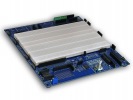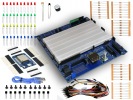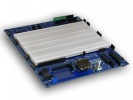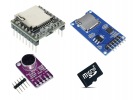No products
BLOG NEWS
Search on blog
Follow us on facebook
Top sellers
-

Proto Shield Plus STARTER KIT
This kit is the ideal solution for those who want to start to prototype...
69,90 € -

Proto Shield Plus LCD KIT
Prototype with ARDUINO / GENUINO boards without having a lot of wires...
56,00 € -

SMD to breadboard adapter (10 pcs pack)
Easily adapt SMD devices to 2.54mm prototyping breadboards.
3,90 € -

Proto Shield Plus BASE KIT
Prototype with ARDUINO / GENUINO boards without having a lot of wires...
52,00 €
Using the IoT Proto Shield Plus with Arduino and ESP boards
Published : 02/11/2022 08:36:34
Categories : IoT Proto Shield Plus , Proto Shield Plus
Using the IoT Proto Shield Plus with Arduino and ESP boards
The IoT Proto Shield Plus let's you to easily prototype with Arduino NANO, NANO33 , ESP32 and ESP8266 boards, let's see how it works.
Using the IoT Proto Shield Plus with Arduino NANO boards
Plug the NANO board in the Arduino NANO SOCKET paying attention to pin alignment and orientation.
Connect the NANO board by means of a USB cable to your PC and start using it.
Consider that NANO and NANO EVERY boards operate at 5V, while NANO33 family boards operate at 3V3.
It is strongly suggested to read the technical specification of the board you are using to become familiar with it.
An ARDUINO NANO (NANO33 IoT) plugged into the IoT Proto Shield Plus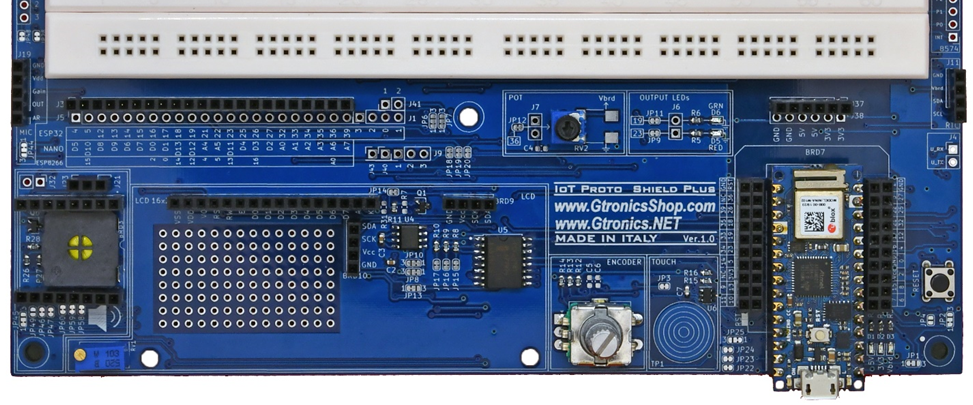
ARDUINO NANO signals routing on the IoT Proto Shield Plus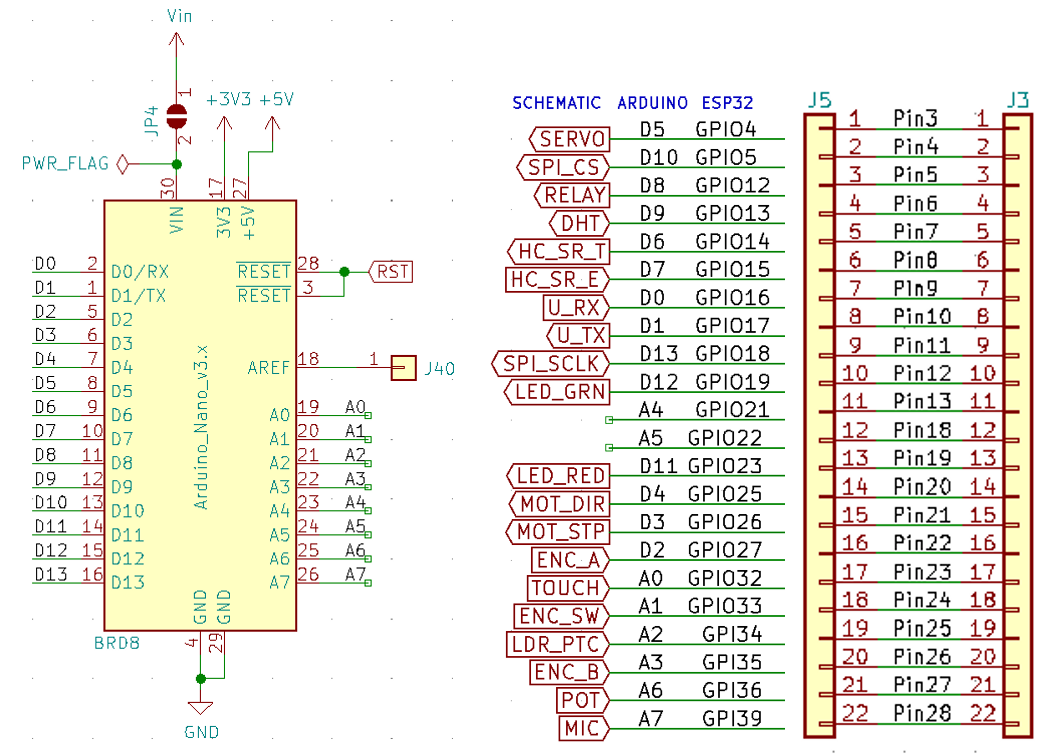
Using the IoT Proto Shield Plus with ESP32 Mini boards
Plug the ESP32 MINI board in the ESP SOCKET paying attention to pin alignment and orientation.
Connect the ESP32 MINI board by means of a USB cable to your PC and start using it.
Consider that ESP32 boards operate at 3V3.
It is strongly suggested to read the technical specification of the board you are using to become familiar with it
The ESP32 MINI D1 plugged into the IoT Proto Shield Plus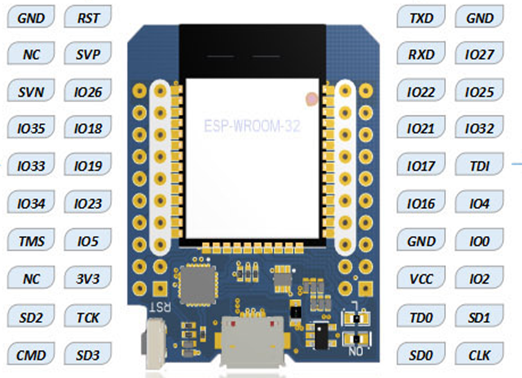
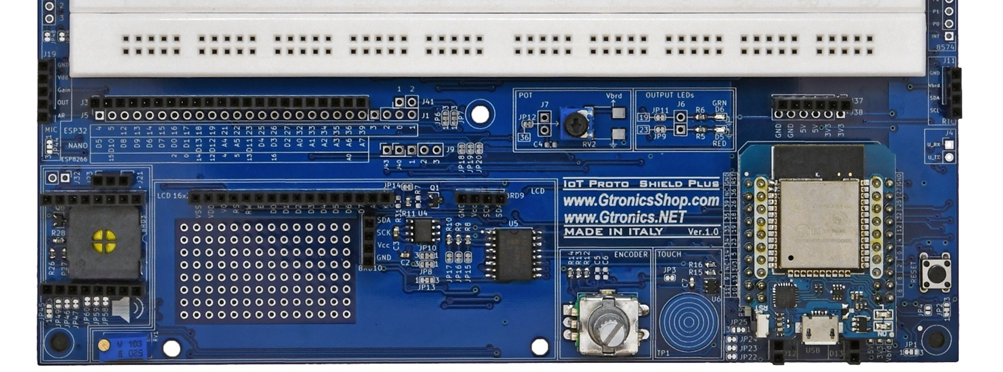
ESP32 signals routing on the IoT Proto Shield Plus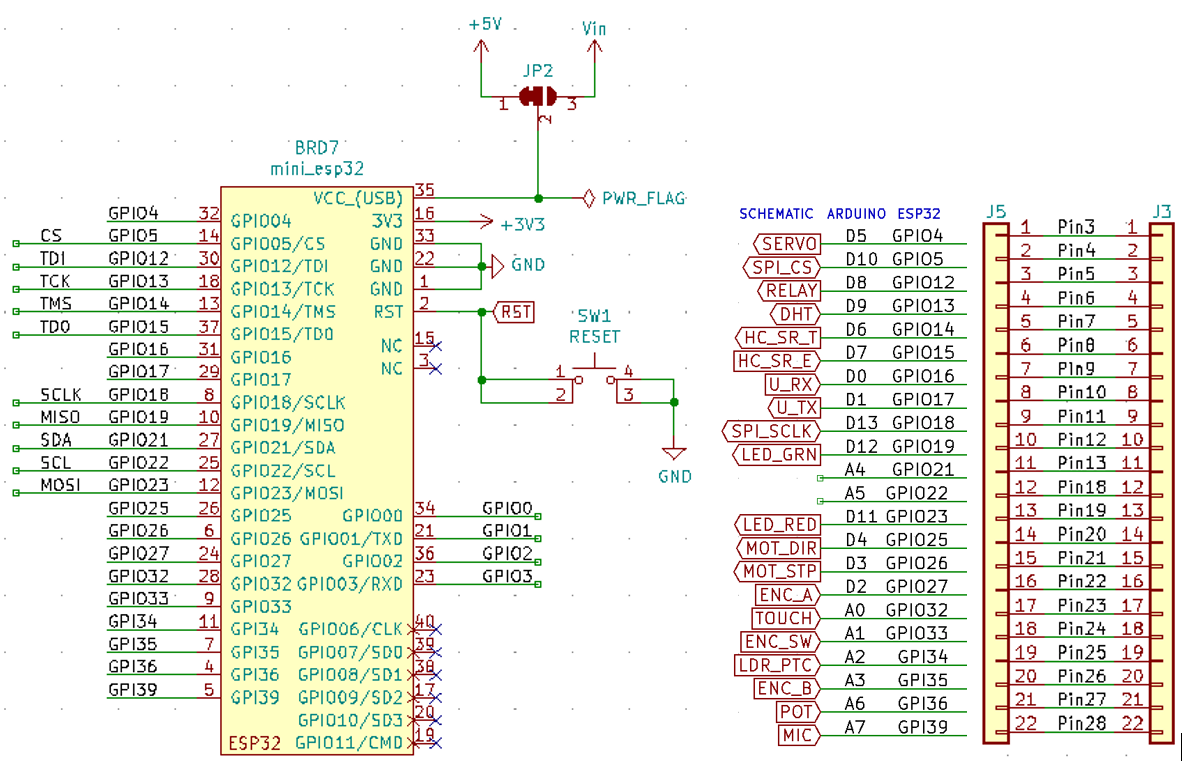
Using the IoT Proto Shield Plus with ESP8266 Mini boards
Consider that the footprint of the ESP8266 mini board is a "shrinked" version of the ESP32 footprint (or the ESP32 is an "extended" version of the ESP8266 footprint....) and they are compatible since they share the pinout on some pins.
Plug the ESP8266 MINI board in the ESP SOCKET paying attention to pin alignment and orientation.
Connect the ESP8266 MINI board by means of a USB cable to your PC and start using it.
Consider that ESP8266 boards operate at 3V3.
It is strongly suggested to read the technical specification of the board you are using to become familiar with it.
The shared pinout on the ESP32 MINI and the ESP8266 MINI boards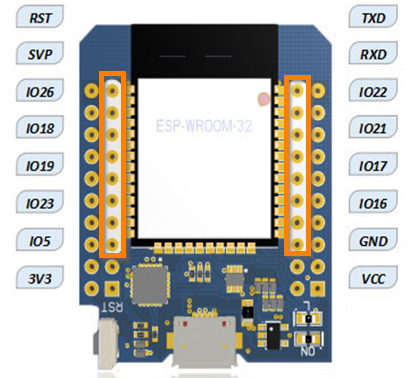
The ESP8266 D1 mini plugged into the IoT Proto Shield Plus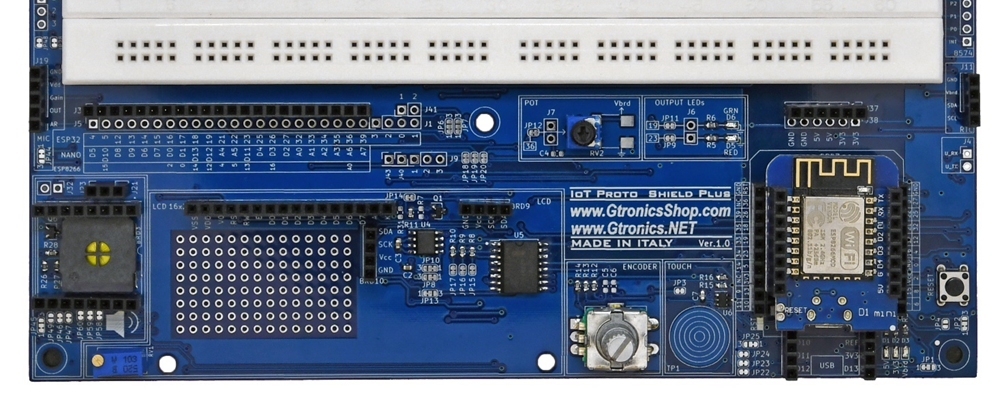
Default connections on the IoT Proto Shield Plus
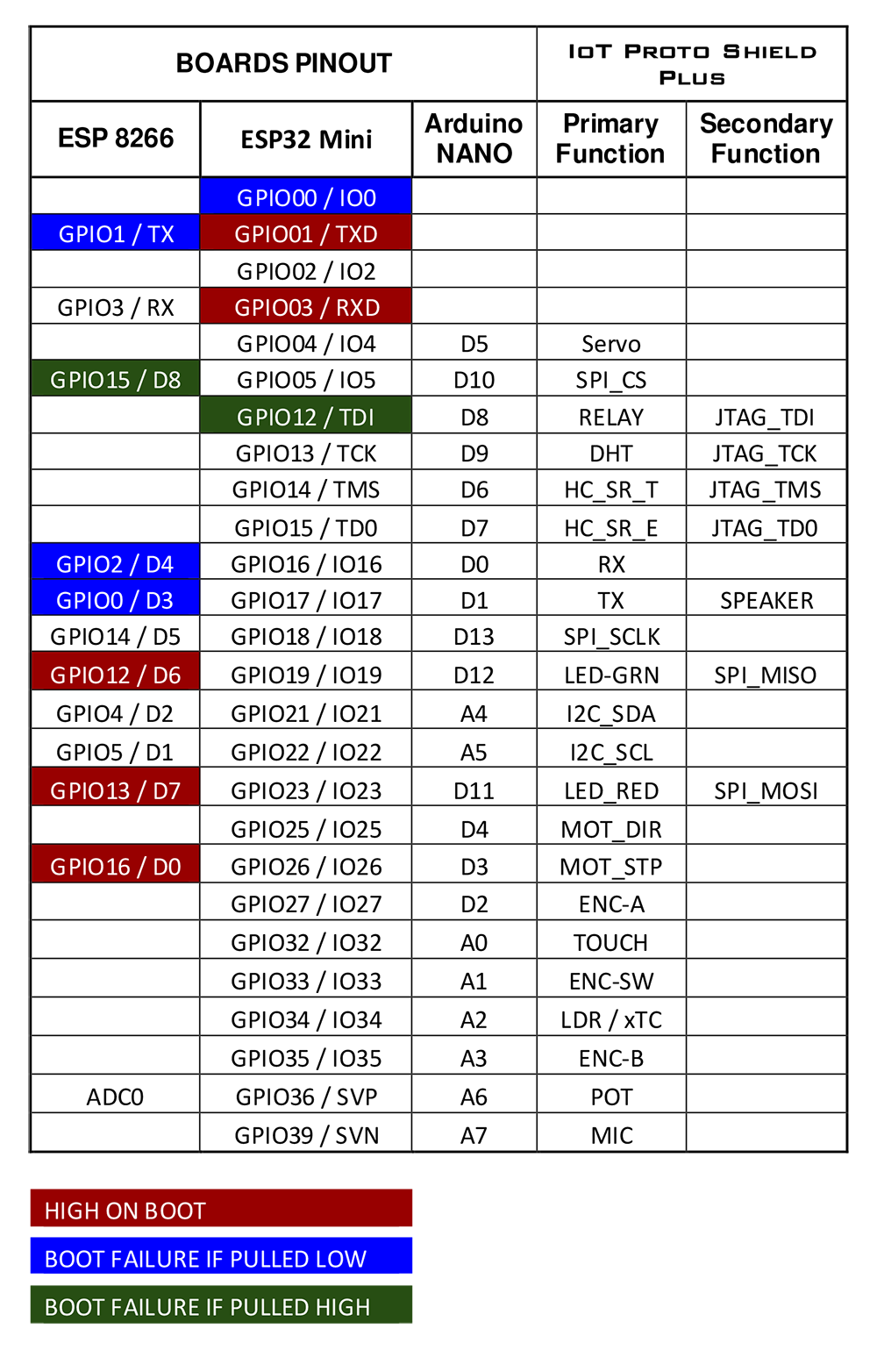
Related products
5V and 3V3 on the IoT Proto Shield Plus board
Read more
Published : 02/04/2022 08:40:16Introducing the new IoT Proto Shield Plus
Read more
Published : 11/11/2021 08:34:28Plug & Play modules on the IoT Proto Shield Plus
Read more
Published : 01/13/2022 15:43:02The IoT Proto Shield Plus Layout
Read more
Published : 12/17/2021 09:12:04

 USING A 16x2 LCD DISPLAY WITH THE IoT PROTO SHIELD PLUS
USING A 16x2 LCD DISPLAY WITH THE IoT PROTO SHIELD PLUS  What does Paolo Aliverti say about the IoT Proto Shield Plus?
What does Paolo Aliverti say about the IoT Proto Shield Plus?  USING AN SSD1306 128x32 OLED DISPLAY (I2C type) WITH THE IoT PROTO SHIELD PLUS
USING AN SSD1306 128x32 OLED DISPLAY (I2C type) WITH THE IoT PROTO SHIELD PLUS  USING AN SSD1306 128x64 OLED DISPLAY (I2C type) WITH THE IoT PROTO SHIELD PLUS
USING AN SSD1306 128x64 OLED DISPLAY (I2C type) WITH THE IoT PROTO SHIELD PLUS  I2C Bus on the IoT Proto Shield Plus
I2C Bus on the IoT Proto Shield Plus 